HISTORY OF THE GYPSUM ASSOCIATION
Few associations have a history as long as the Gypsum Association. For more than 90 years, the Association has provided technical, promotional, and statistical information to its members and interested parties.
Gypsum Association History
Late 1920s
Several constituents of the gypsum industry agree that creating a formal association offers a number of advantages over continuing to operate as Gypsum Industries, an informal research and standard- setting group.1930
The Gypsum Association is formally established.April 17, 1930
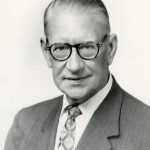
At the first meeting of the Gypsum Association, James Leenhouts is elected as President/Chairman and Henry J. Schweim (pictured) is hired as the “engineer of the Association.”1930
Schweim, now Secretary of the Corporation and Chief Executive Officer, establishes the Association’s first office in Chicago.1931
The Technical Problems Committee requests and receives approval to conduct four fire tests with the National Bureau of Standards.1933
The Association volunteers to participate in the National Industrial Recovery Act by developing the Code of Fair Practice for the Gypsum Industry. To assist with the development of the Code, the Gypsum Association attempts to unite all U.S. gypsum companies under the Association.1934
The Association expands its criteria for membership eligibility.1935
The Pacific Coast division of the Gypsum Association emerges.1938
The Association appoints an Advertising and Promotional Committee.1940s
The Association works to develop a more fire-resistant gypsum board.1940
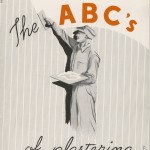
The Association publishes The ABC’s of Plastering, to educate contractors and architects.1945
During the post-war housing boom, the Technical Problems Committee and the Advertising and Promotional Committee seek Underwriters Laboratories labeling for gypsum sheathing and authorize $1,000 for fire testing of gypsum sheathing.1947
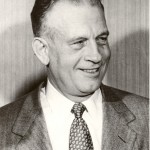
Henry Schweim retires and Lloyd H. Yeager (pictured) fills the vacancy. A decade-long public relations campaign begins that includes production of a series of films, such as Shaping the Future with Gypsum Board, and accompanying literature, including New Gypsum 2-Ply Wallboard.Research continues as the Technical Problems Committee receives approval to spend $1,000 on the development and fire testing of a system with a 1-hour fire resistance-rating.
1947
A 1-hour fire-rated system is achieved.1951
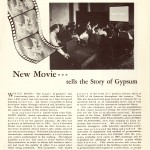
The Gypsum Association film, White Magic is shown in Paramount and Warner theaters, federal agencies, schools, etc.1955
White Magic airs on television to an estimated audience of over 54 million viewers. The Advertising and Promotional Committee runs a series of articles in newspapers and magazines under the “Add a Room” campaign.1959

With significant tests and data to share, the Technical Problems Committee recommends producing a complete reference manual on fire resistance to be known as Fire Resistance Design Data Manual.1961
The Association’s Board of Directors votes to incorporate.December 29, 1961
The Gypsum Association files for incorporation. Lloyd H. Yeager becomes the Association’s Executive Vice President1966

As Lloyd H. Yeager steps down, A. Victor Abnee, Jr. (pictured) takes over as General Manager.1966
In response to demand, 20,000 copies of the Fire Resistance Data Design Manual are distributed to architects and another 1,800 are provided to building officials as part of a Design Data Binder.1968
The Technical Problems Committee recommends including sound, structural, and assembly information, in addition to fire safety-information, in the Fire Resistance Data Design Manual.1970s
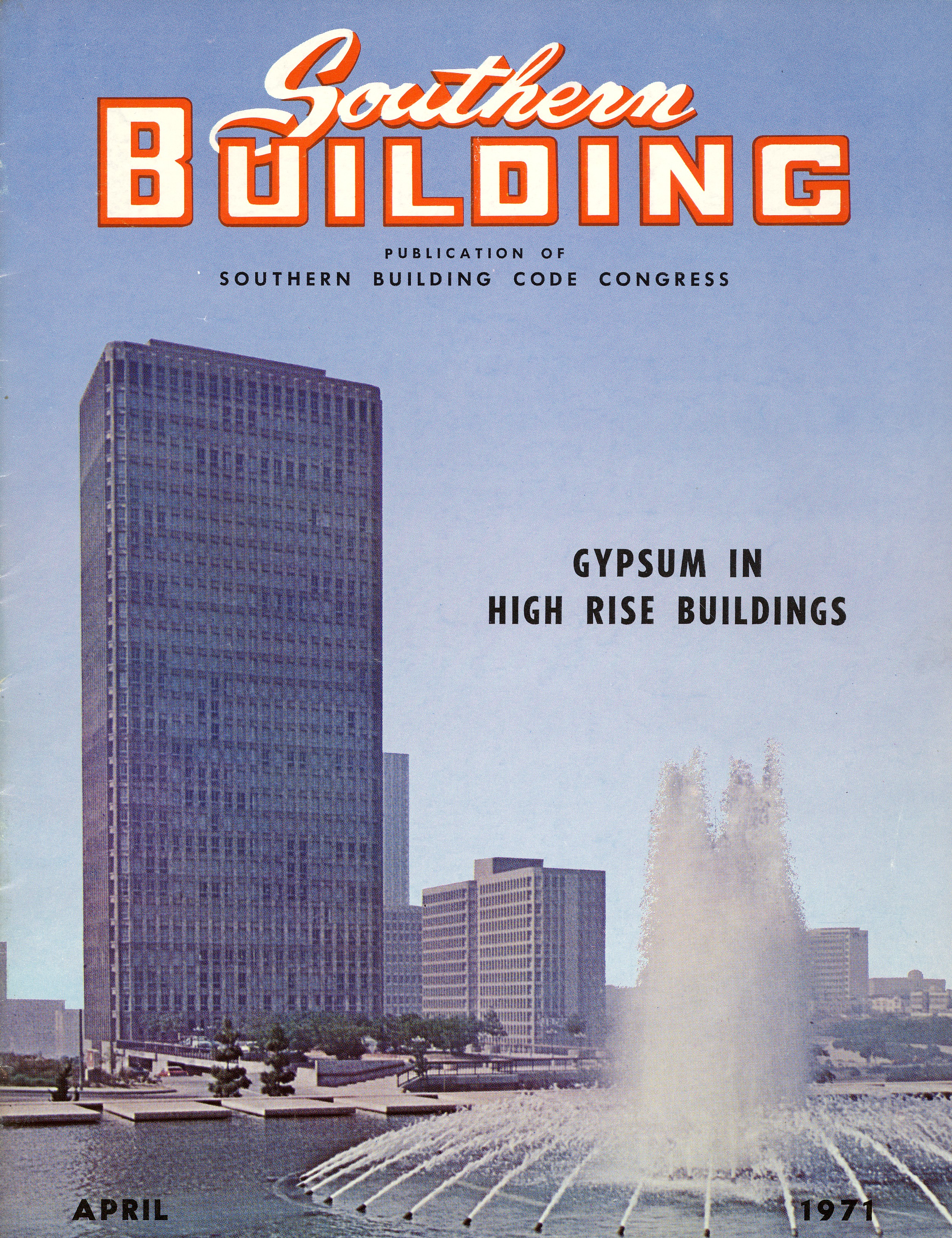
By the early 1970s, the use of gypsum board in apartment and office buildings has grown substantially, due in large part to its fire-resistant and sound- attenuation properties.1973
All model building codes reference the Fire Resistance Data Design Manual as a source of fire-resistive designs.1975
The Technical Problems Committee begins work on product standards for gypsum products used in manufactured housing.1976
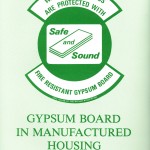
The Advertising and Promotional Committee receives approval to spend $5,000 to develop the film, Beauty with Safety, and receives authorization to begin work on a document titled Gypsum Board in Manufactured Housing.1979
The National Institute of Building Sciences releases a manufactured housing study that rates gypsum products favorably.1980
A revised version of Beauty with Safety and the film Time to Live air on cable television.1988

Victor Abnee retires as Executive Director and Jerry Walker (pictured) is hired as the Association’s new Executive Director. The Association moves from Chicago to Washington, D.C.1990s
The Gypsum Association develops an educational video and interactive CD-ROM set based on GA-214 Levels of Gypsum Board Finish. The Home Upgrade Program, the Grassroots Fire Resistance, and the Sound Reduction Program are initiated.1996

The first document to effectively instruct wallboard finishers on proper techniques associated with specific levels of finish quality, GA-214 Levels of Gypsum Board Finish, is revised and published in conjunction with a video.2002
The Association initiates funding for a multi-year program to promote the use of gypsum board in both fire-separation walls and as part of roof-underlayment systems.2003

Michael Gardner, Director, Promotion and Code Services, is promoted to Executive Director.2004
A four-color page insert is placed in numerous architectural trade magazines. The insert receives a favorable rating in a reader’s poll conducted by a leading architectural journal.2005
Gypsum board manufacturers in the United States ship more board than ever before—more than 36 billion square feet.2008
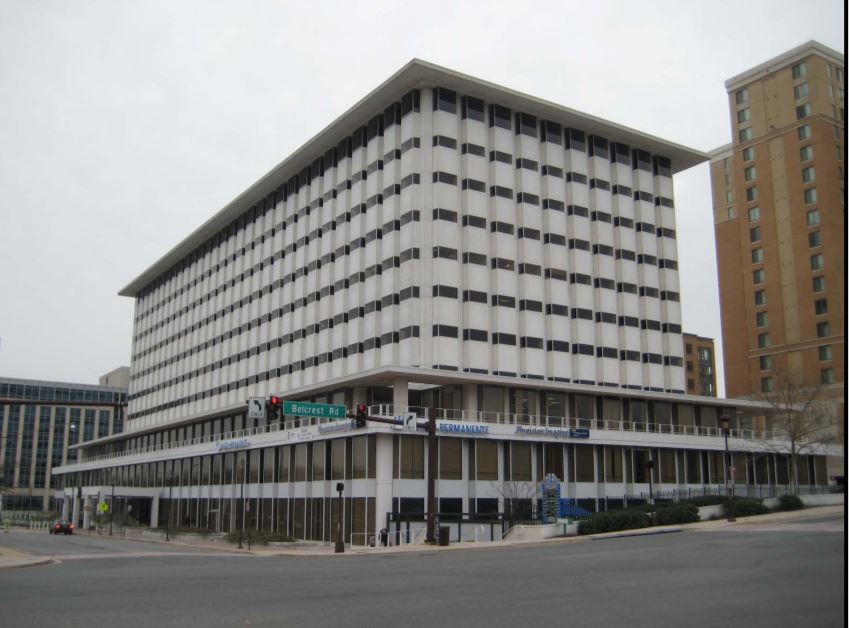
The Association relocates from downtown Washington, D.C., to the Maryland suburb of Hyattsville.2012
The Association completes a Life-Cycle Assessment Summary of gypsum board; the first of many steps in a process to accurately assess the sustainability of gypsum board.2013

The Association hires its first Deputy Executive Director, Stephen H. Meima.2014
The Gypsum Association publishes its first Type III, Industry Average Environmental Product Declaration (EPD) for Type X North American Gypsum Boards.2014
Stephen H. Meima is promoted from Deputy Executive Director to Executive Director of the Gypsum Association.2015
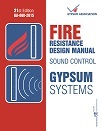
The 21st edition of GA-600 Fire Resistance and Sound Control Design Manual is released. For the first time, it is accompanied by an electronic counterpart.2016
After performing a Life-Cycle Assessment of glass mat sheathing, the GA releases Type III, Industry Average EPD for Glass Mat Gypsum Sheathing.2016
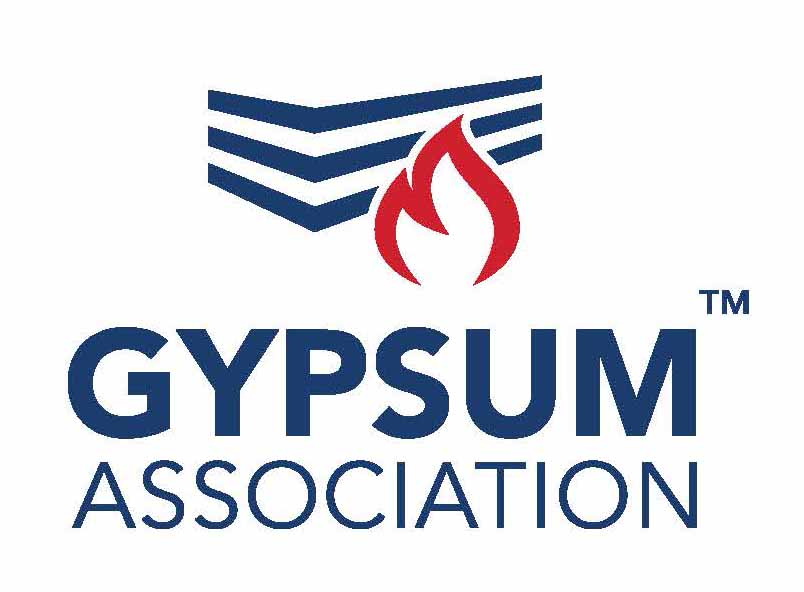
The Gypsum Association rebrands and introduces a new logo. The new design embraces both the traditional and the more contemporary aspects of the Association’s mission and acknowledges the full range of innovative gypsum panel products that Association members offer.
Reflecting the expansion of gypsum panel product offerings, the stack of wallboard depicted in previous iterations of the logo now suggests more: It can be seen either as a series of horizontal boards or as an entire building.2017
The Association moves from Hyattsville, MD, to Silver Spring, MD.2018

The 22nd edition of GA-600 Fire Resistance and Sound Control Design Manual is released. This edition contains an expanded section on acoustics and provides the option of a more robust e-version of the Manual.2019
With the translation of technical documents GA-236-2017, GA-253-2018, and GA-801-2017, the Association expands its library of Spanish and French publications.2019

In conjunction with the redesign of gypsum.org, the Association releases the video tutorial, A Guide to GA-600-2018 Fire Resistance and Sound Control Design Manual.2020

The GA uses animation for another video tutorial based on GA-225Repair of Fire Rated Gypsum Panel Product Systems .2021
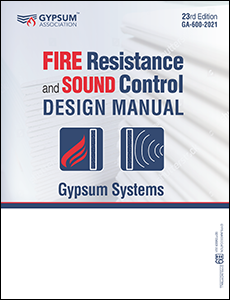
The 23rd edition of GA-600 Fire Resistance and Sound Control Design Manual is released. For the first time, users can purchase a PDF version of the Manual.2022
As the COVID pandemic recedes, the GA hits the road and returns to in-person attendance at industry conferences and conventions. Out & About with the GA highlights engagement with key stakeholders at numerous events.2023
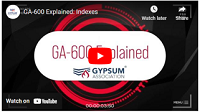
At the start of the year, the GA introduces a new series of videos. GA-600 Explained offers quick takes on various aspects of The Fire Resistance and Sound Control Design Manual. Meanwhile, the GA's archival videos remain popular. Lathing and Plastering, a commercial film from the late 1940s, logs more than 300,000 views on YouTube.

